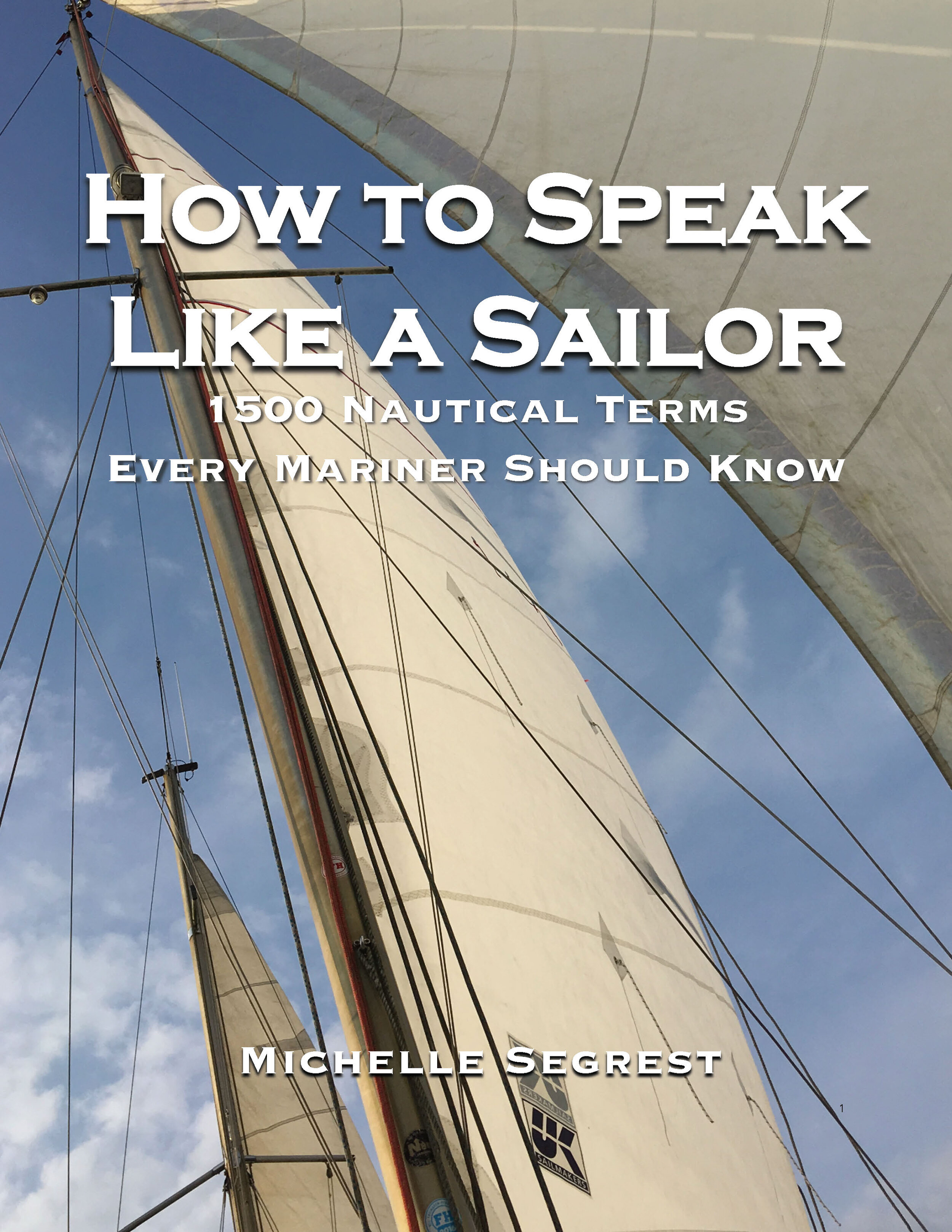10 Reasons to Travel to Cape Verde, Africa - One of the World's Best Sailing Destinations
/Traveling to Cape Verde, Africa provides spectacular landscapes, wild beaches, rich culture, and colorful people.
By Michelle Segrest — Navigate Travel Adventures
Before sailing the world, I had never even heard of Cape Verde, the tiny archipelago on the Western tip of Africa. But after spending a month there before sailing across the Atlantic Ocean, I found many reasons to love it. We spent most of our time in Mindelo, on the island of Sāo Vicente.
These 10 reasons should inspire anyone, especially sailors, to put Cape Verde on their bucket list!
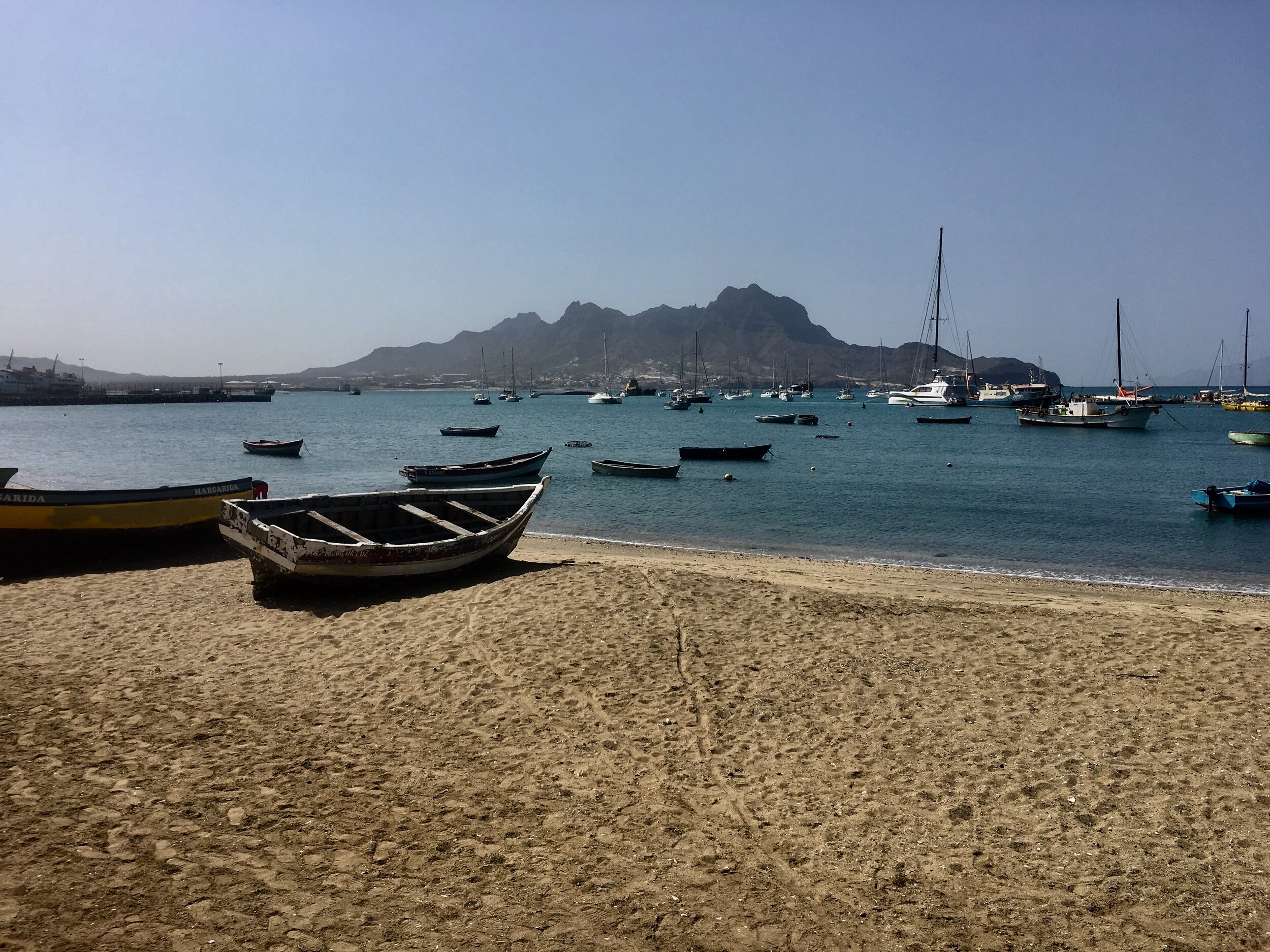
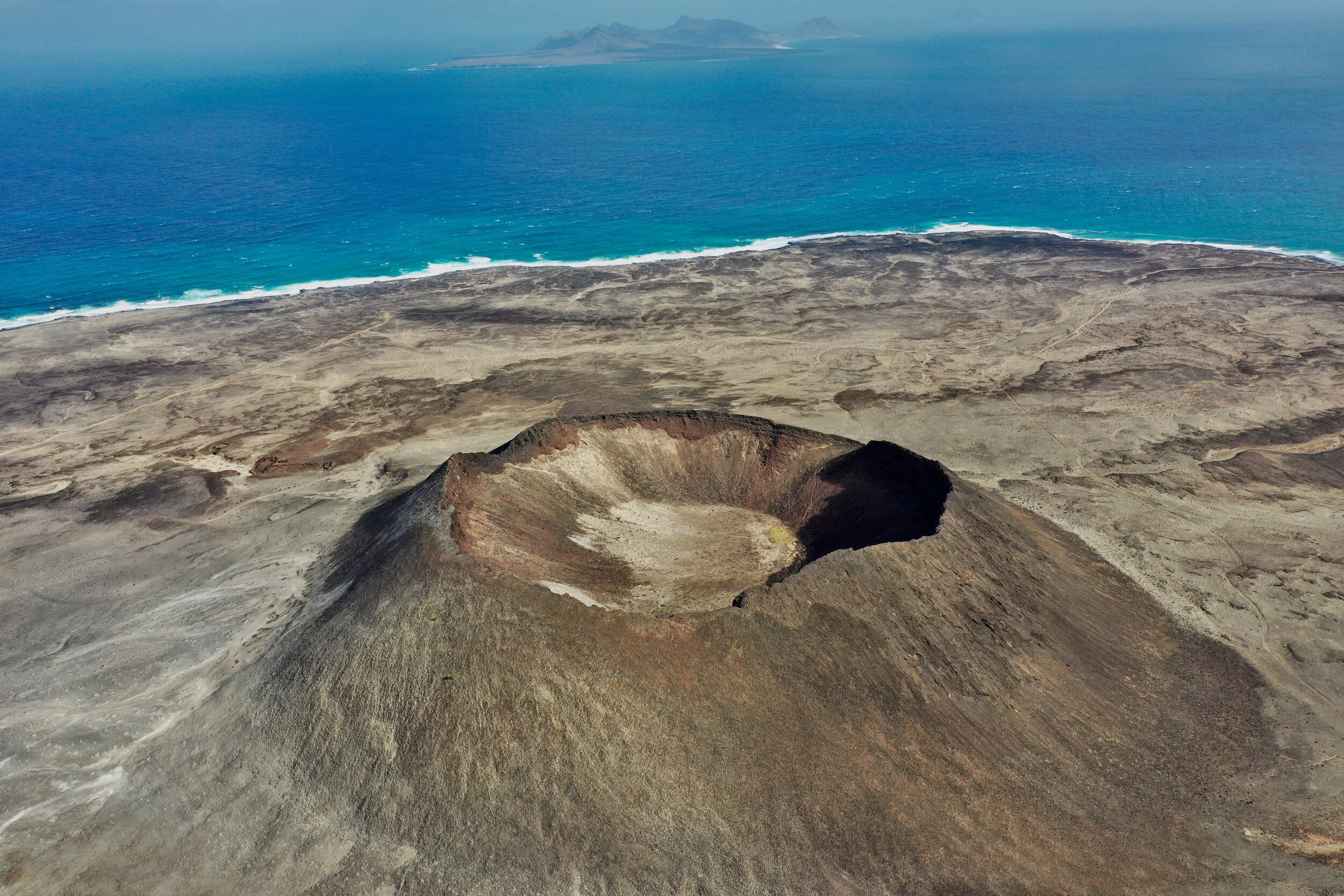

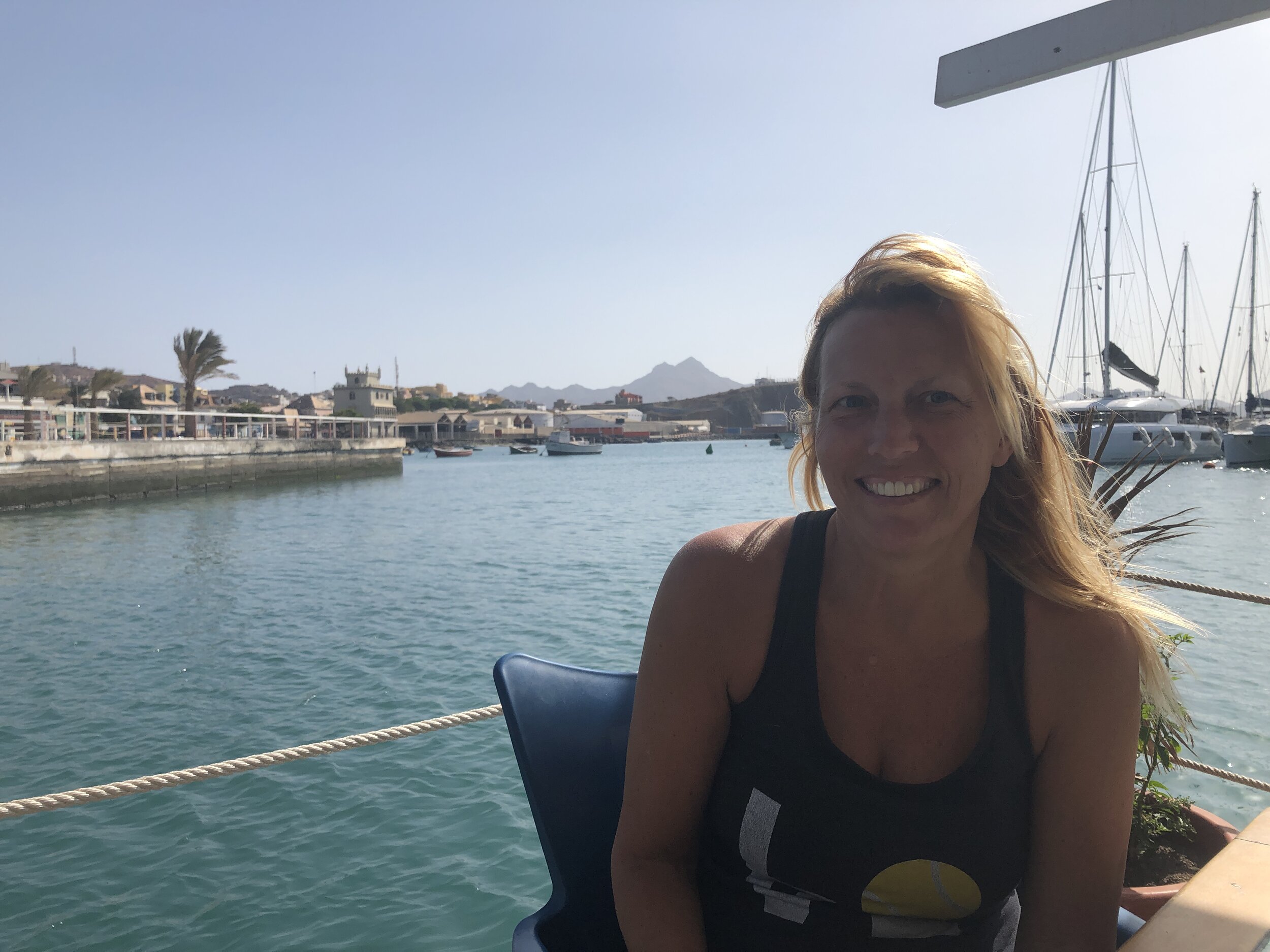

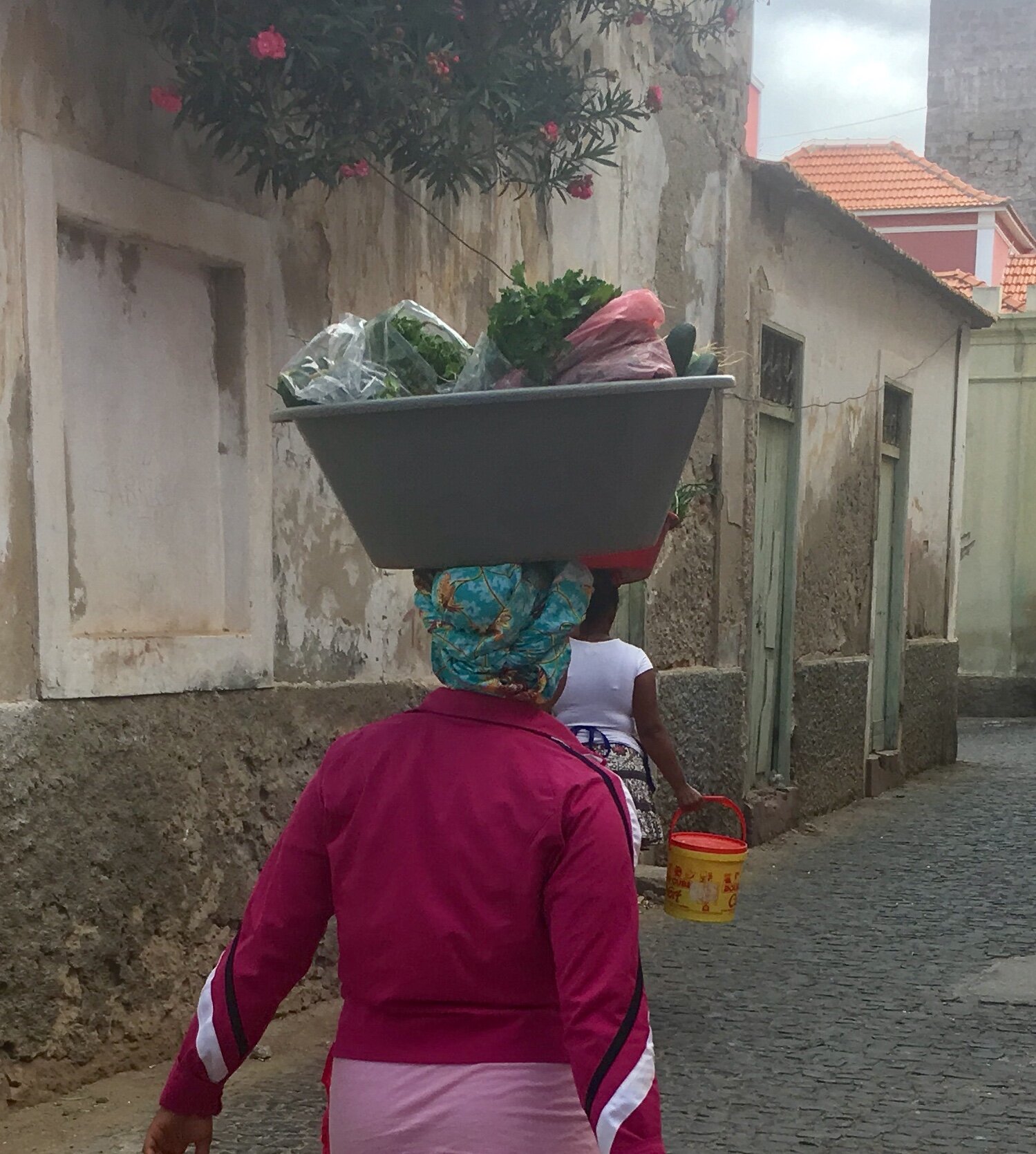
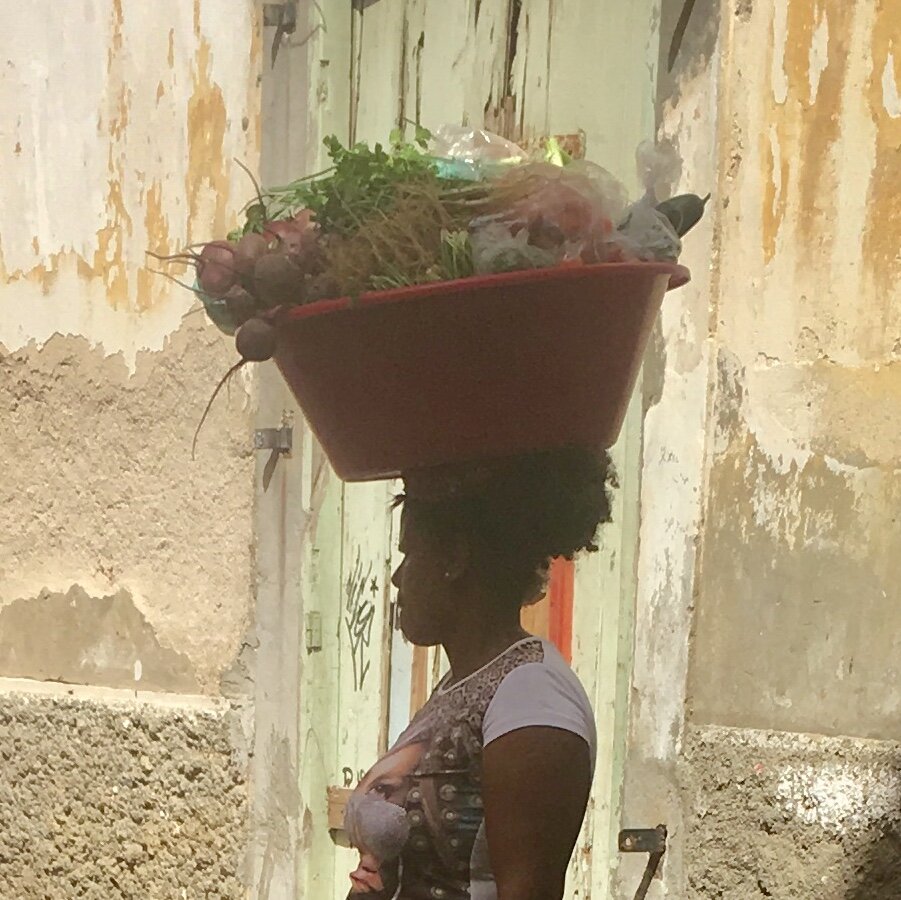
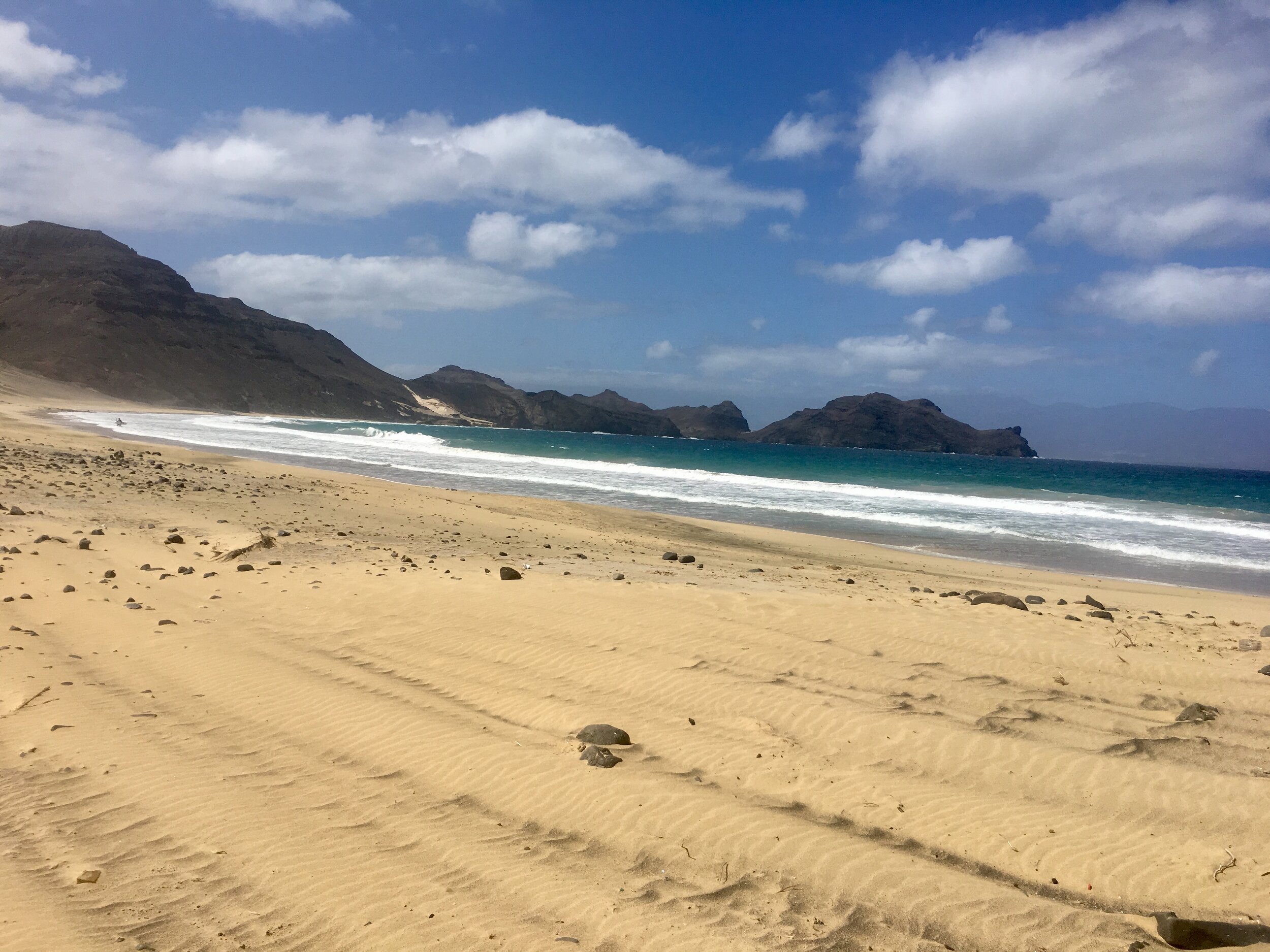
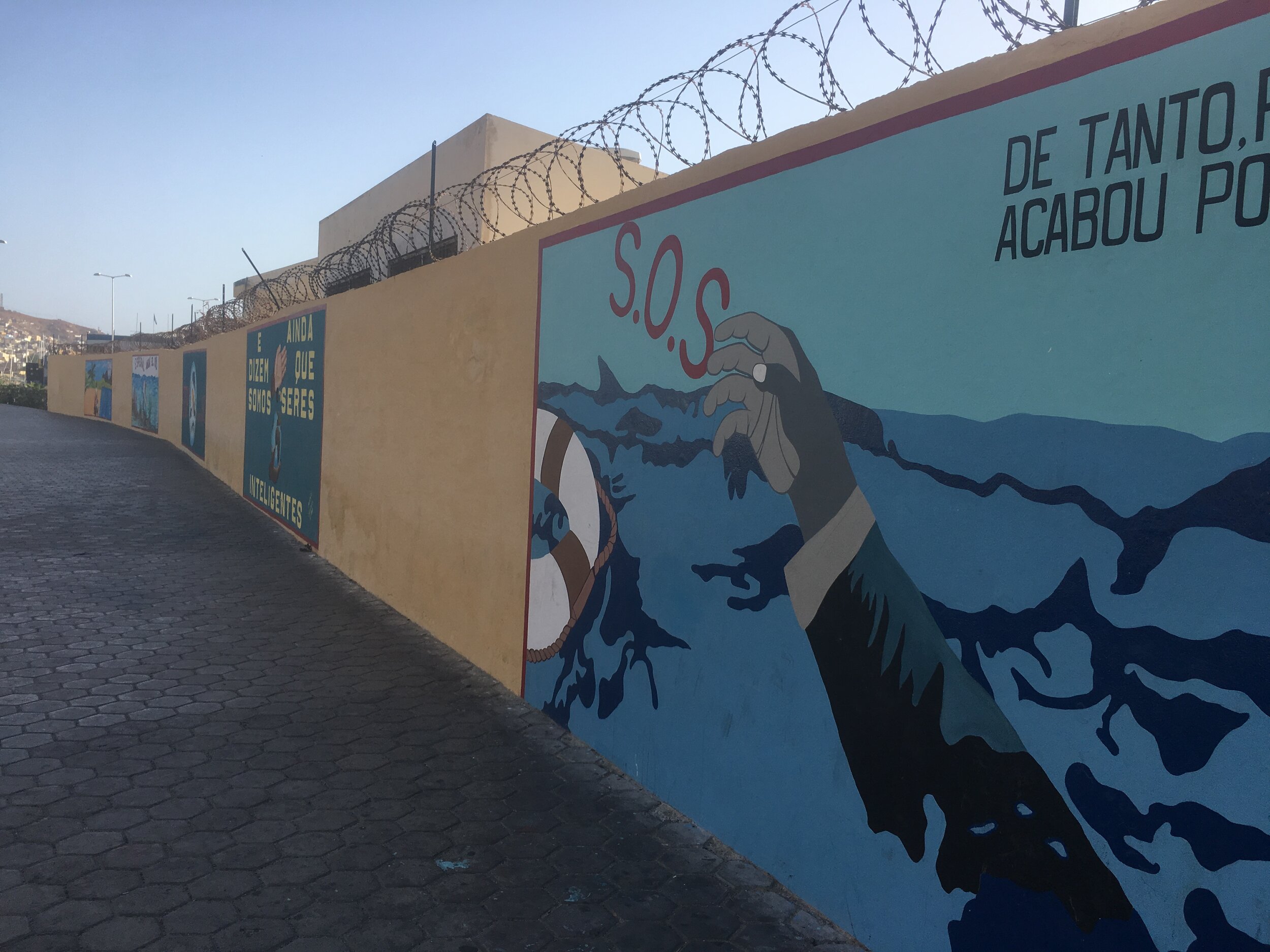
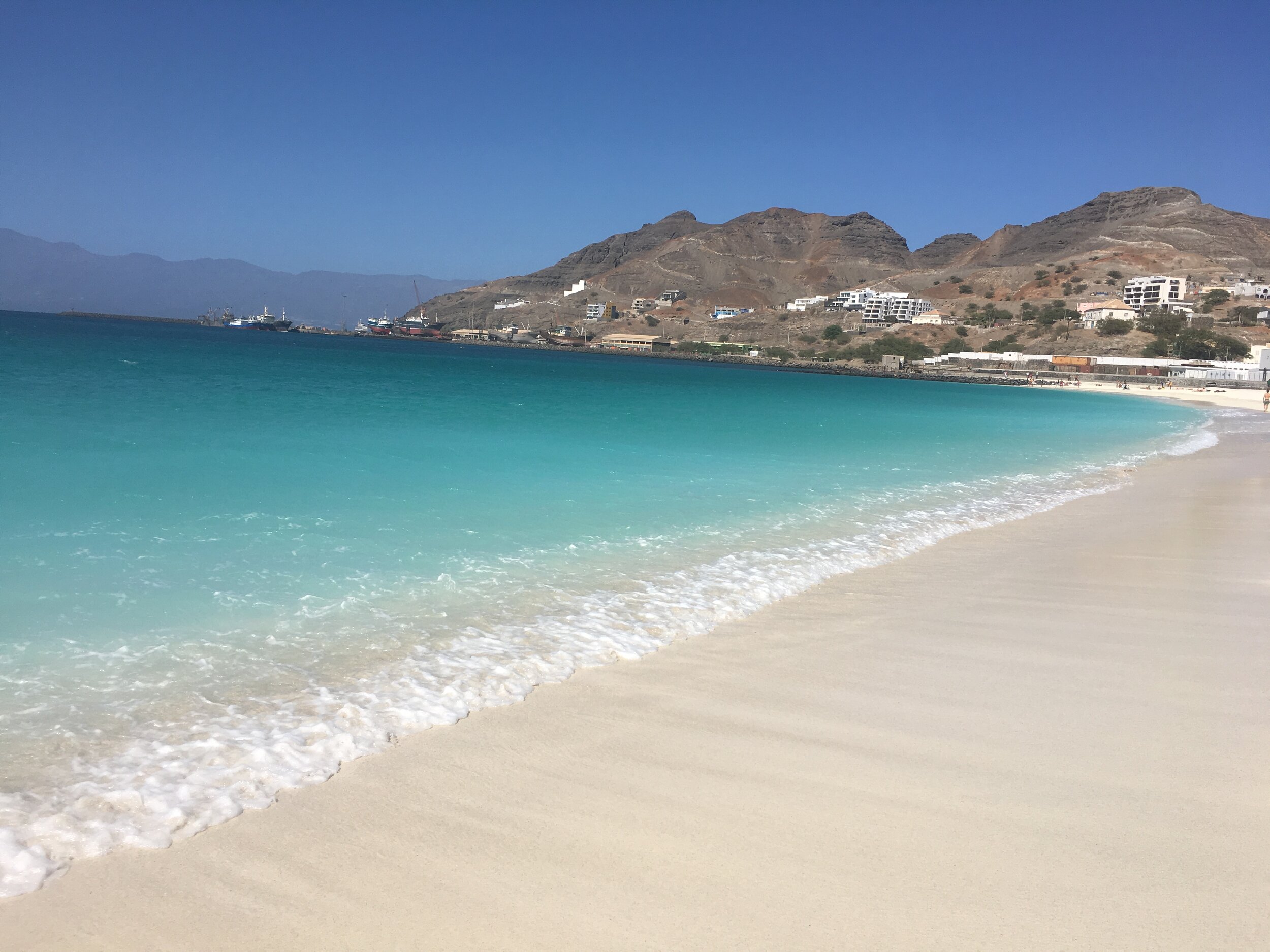
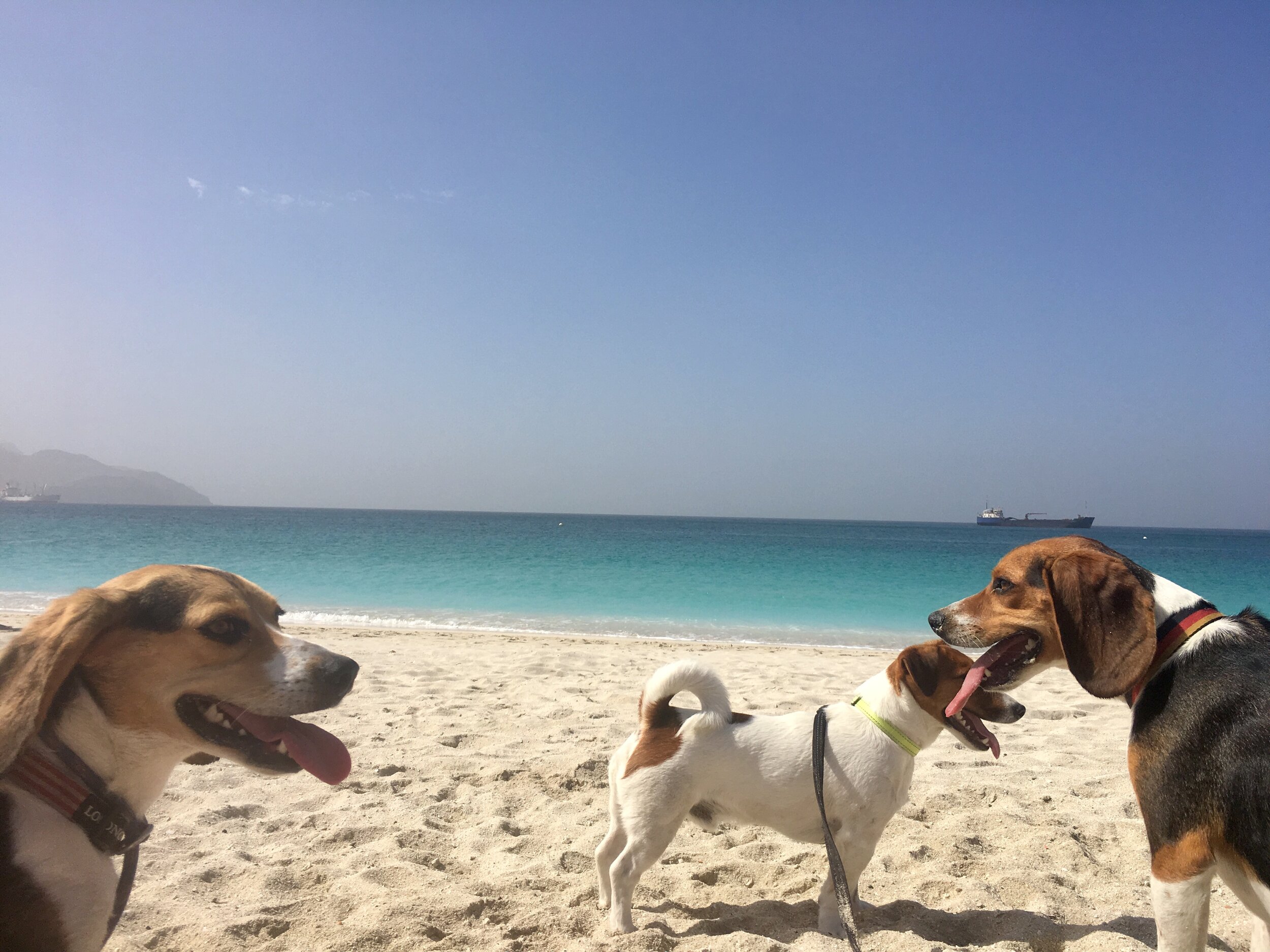
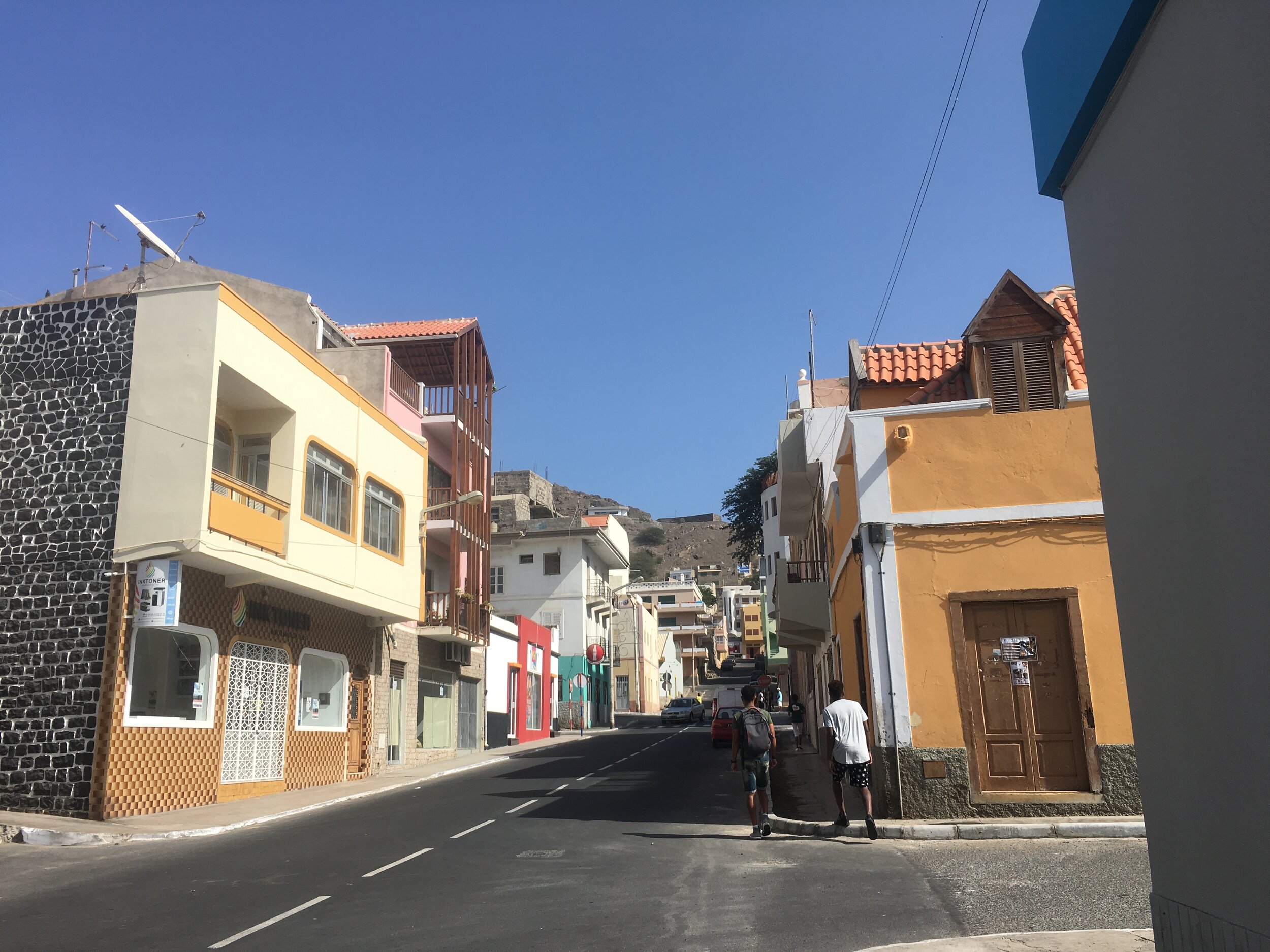
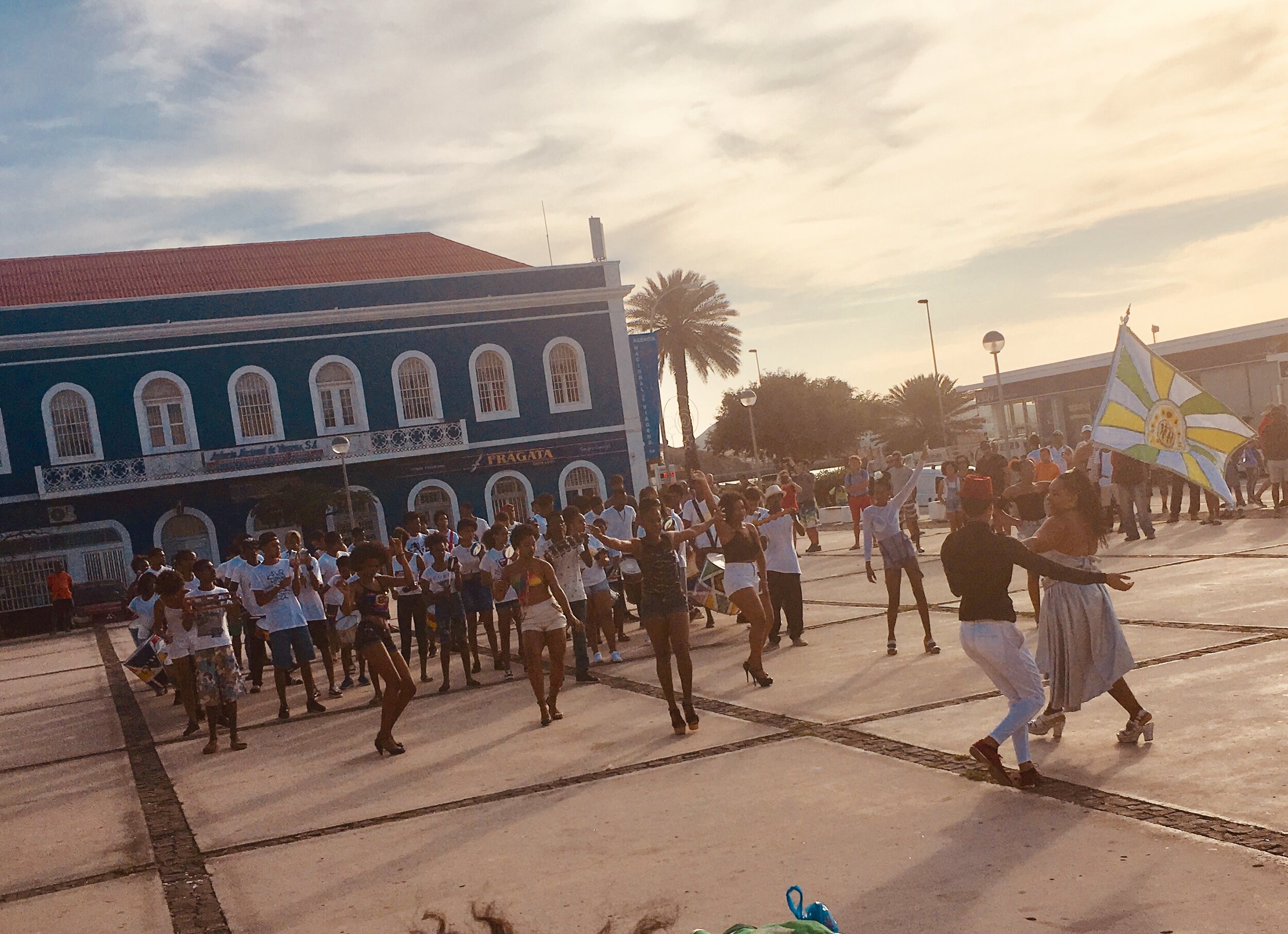
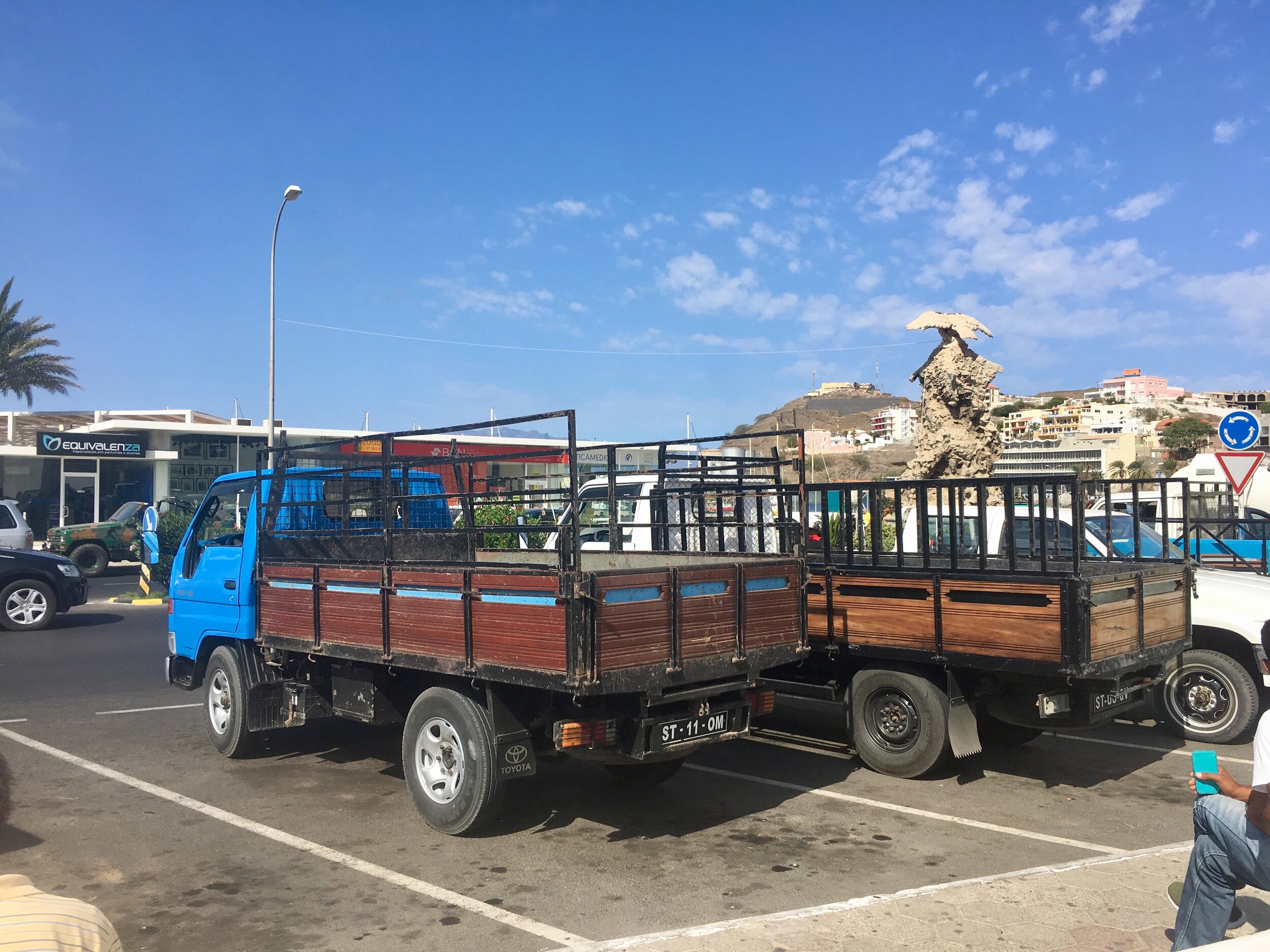
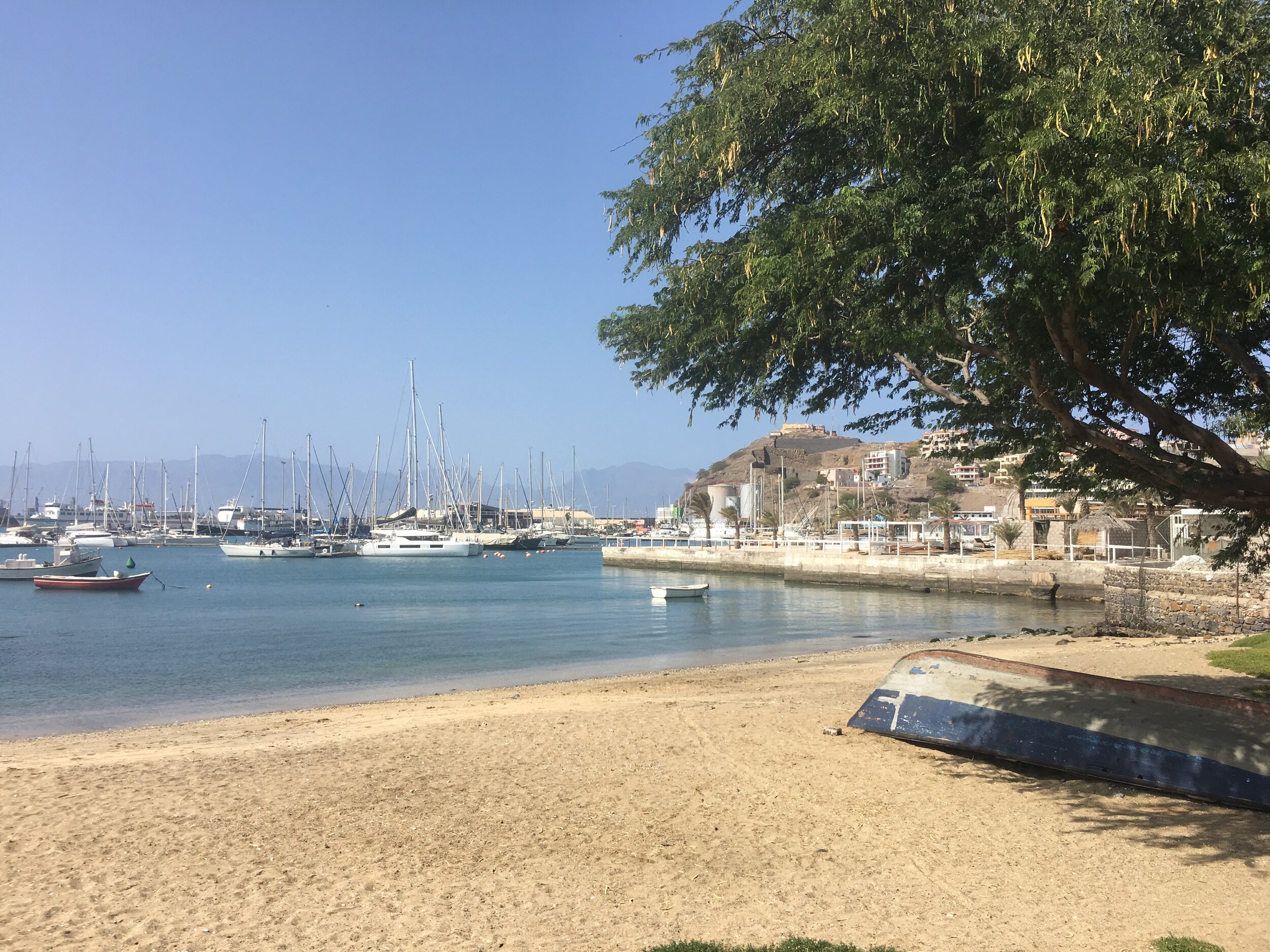
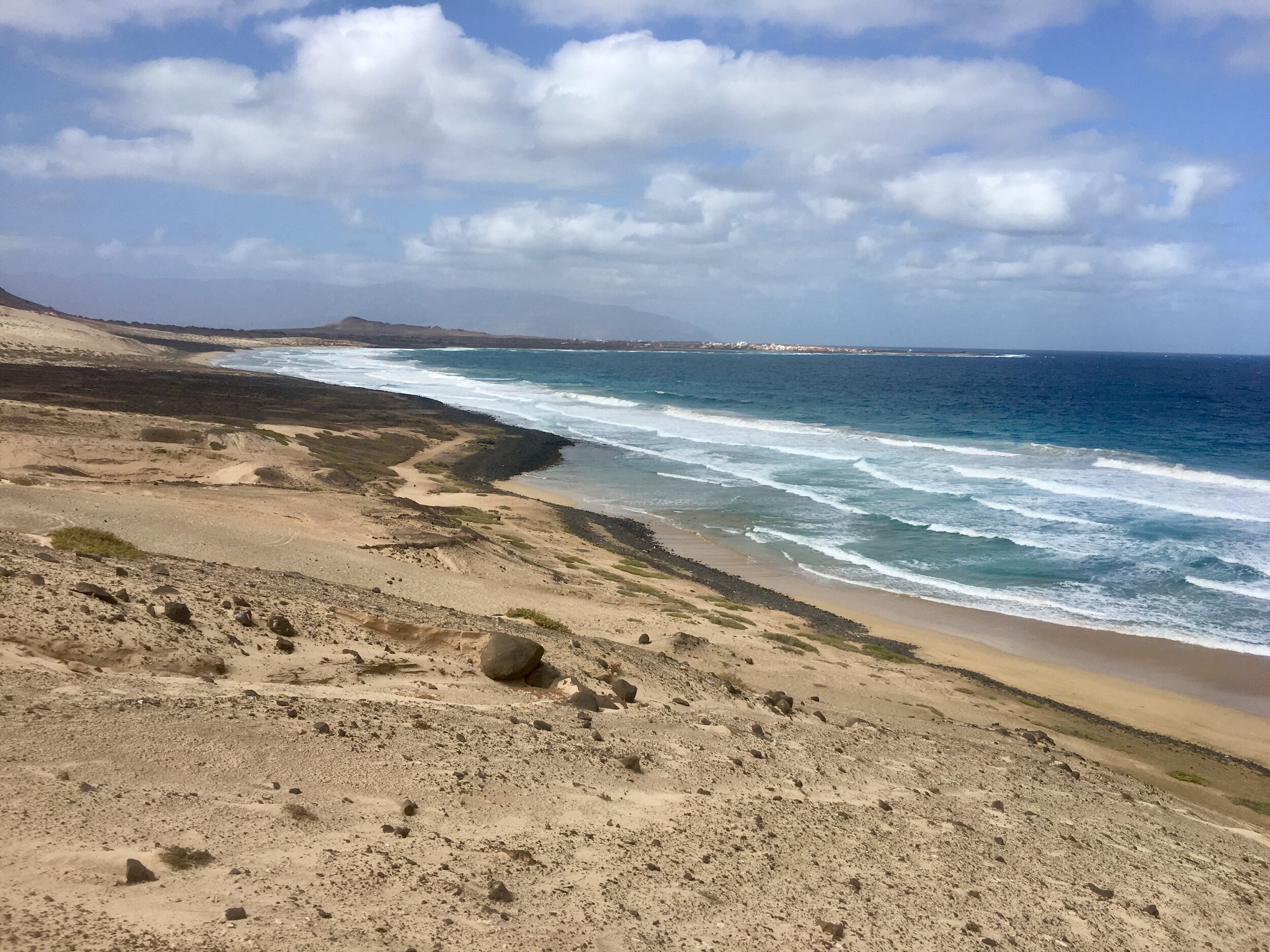
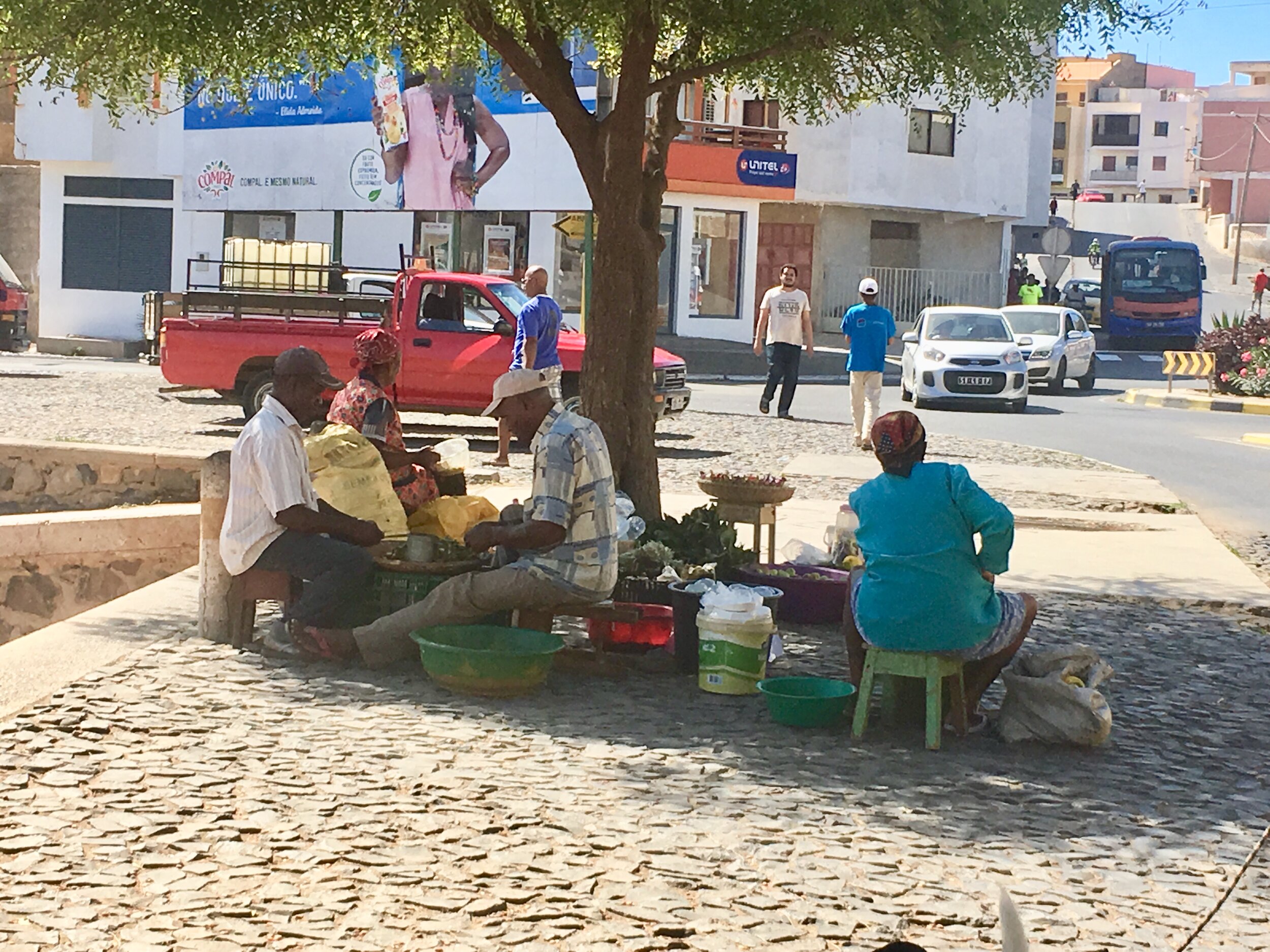
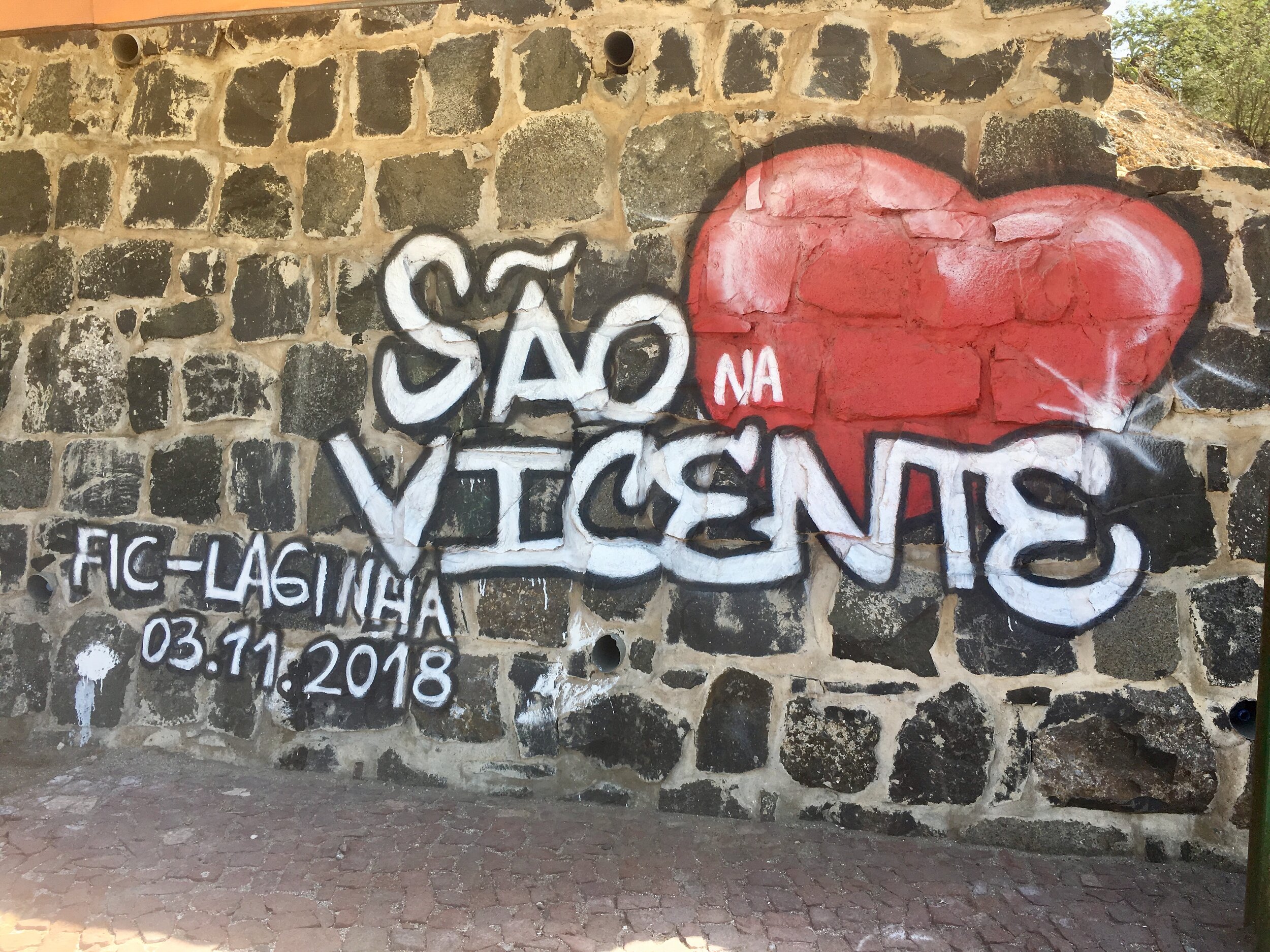

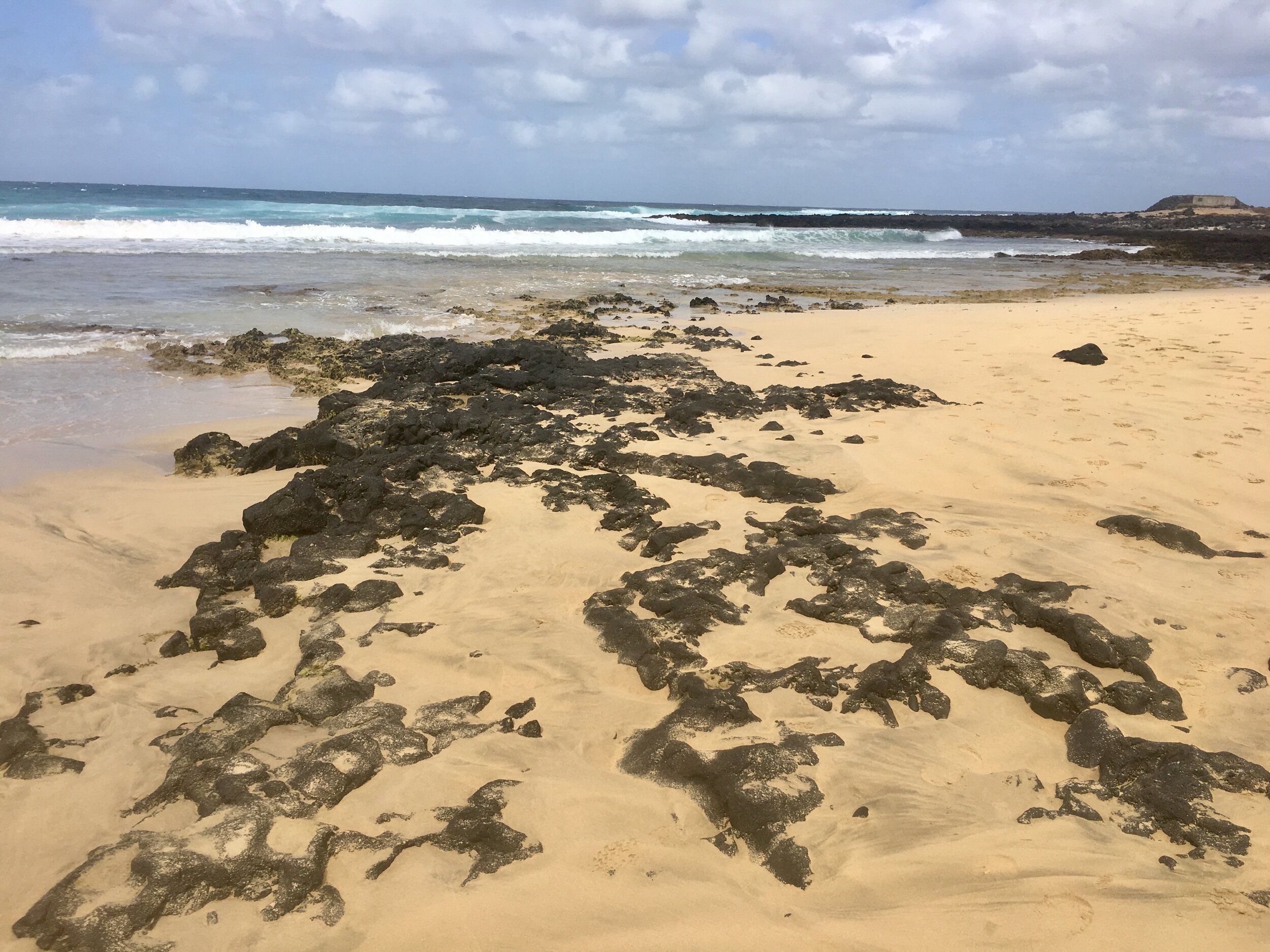
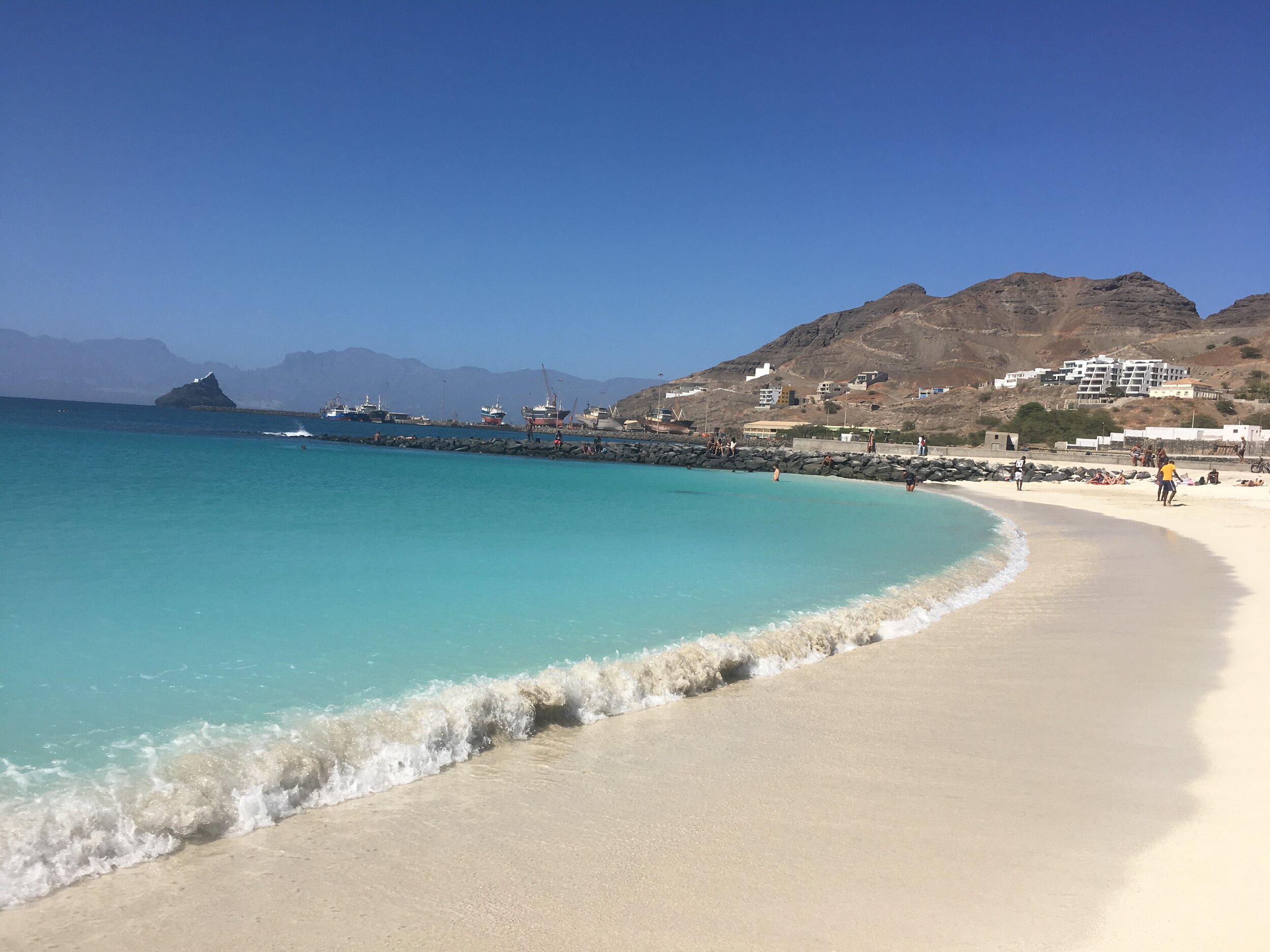


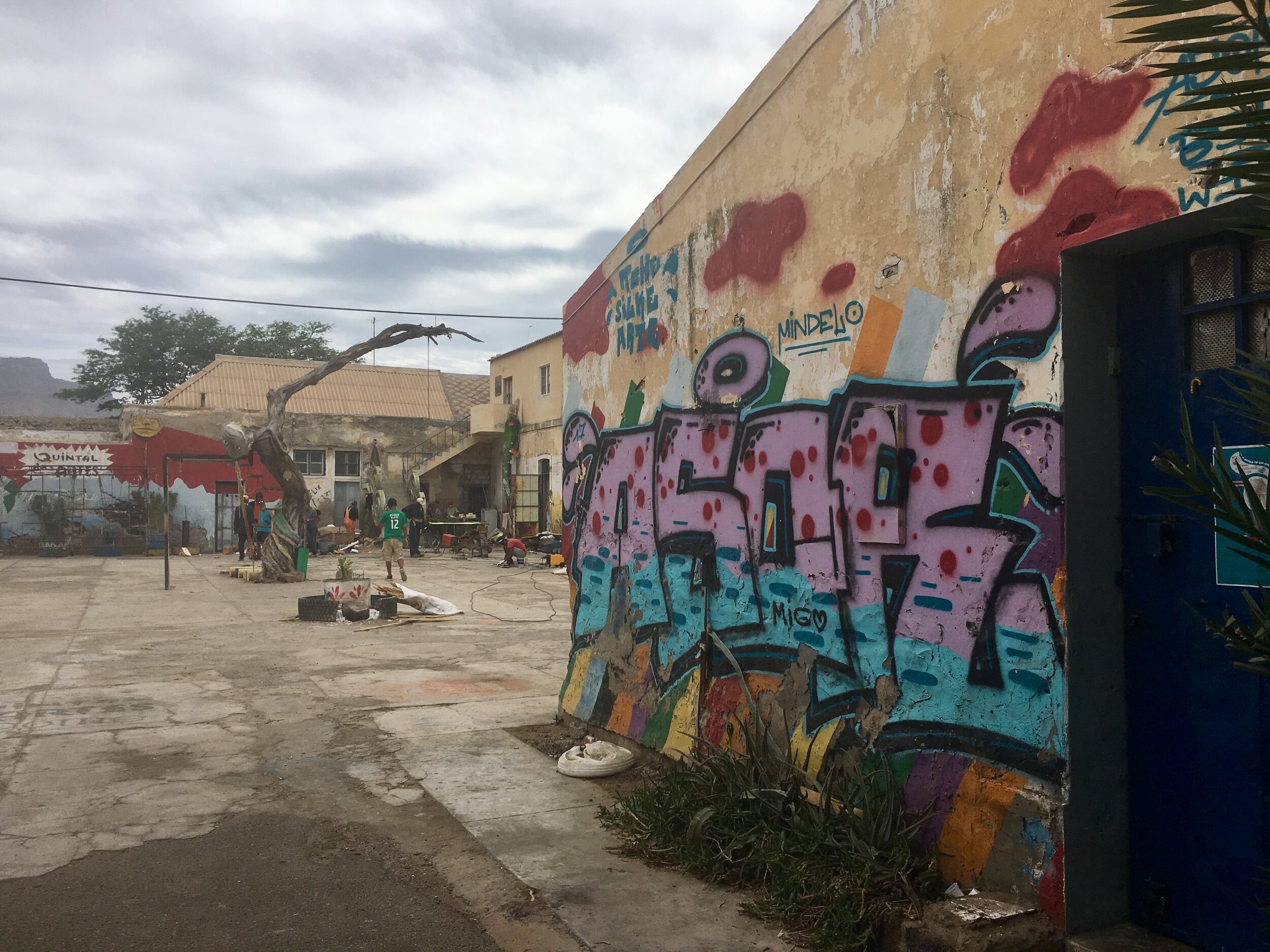
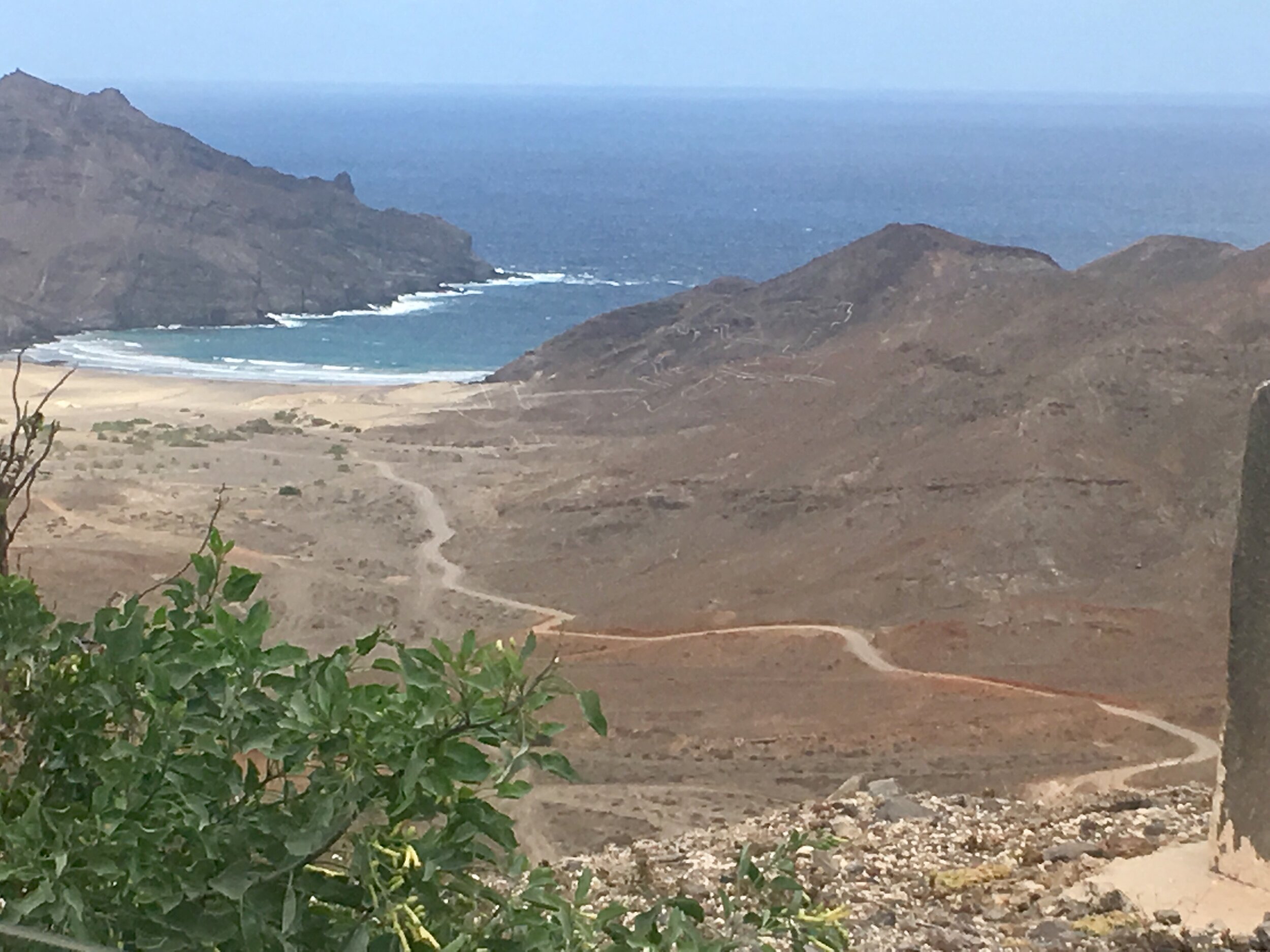
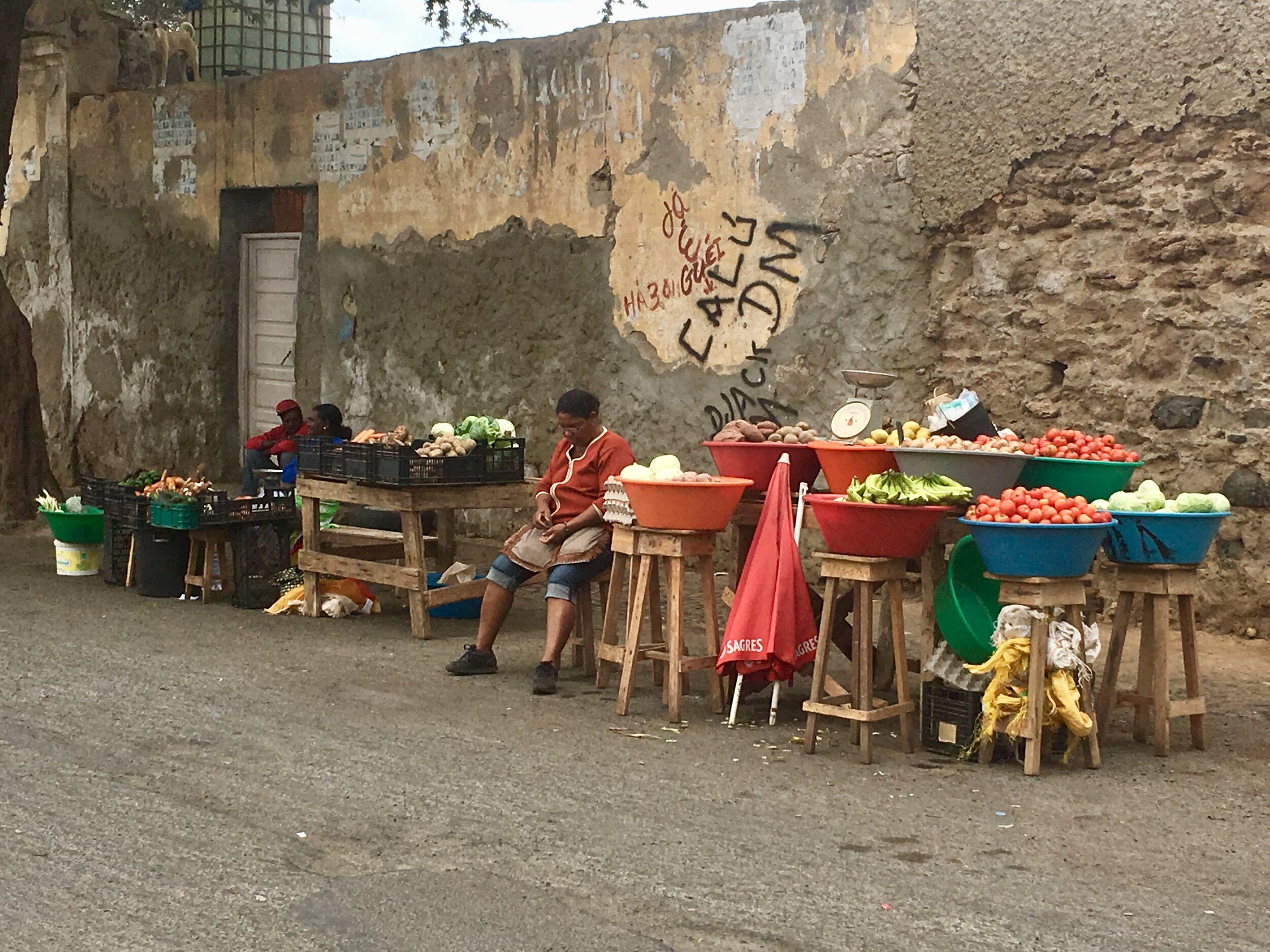
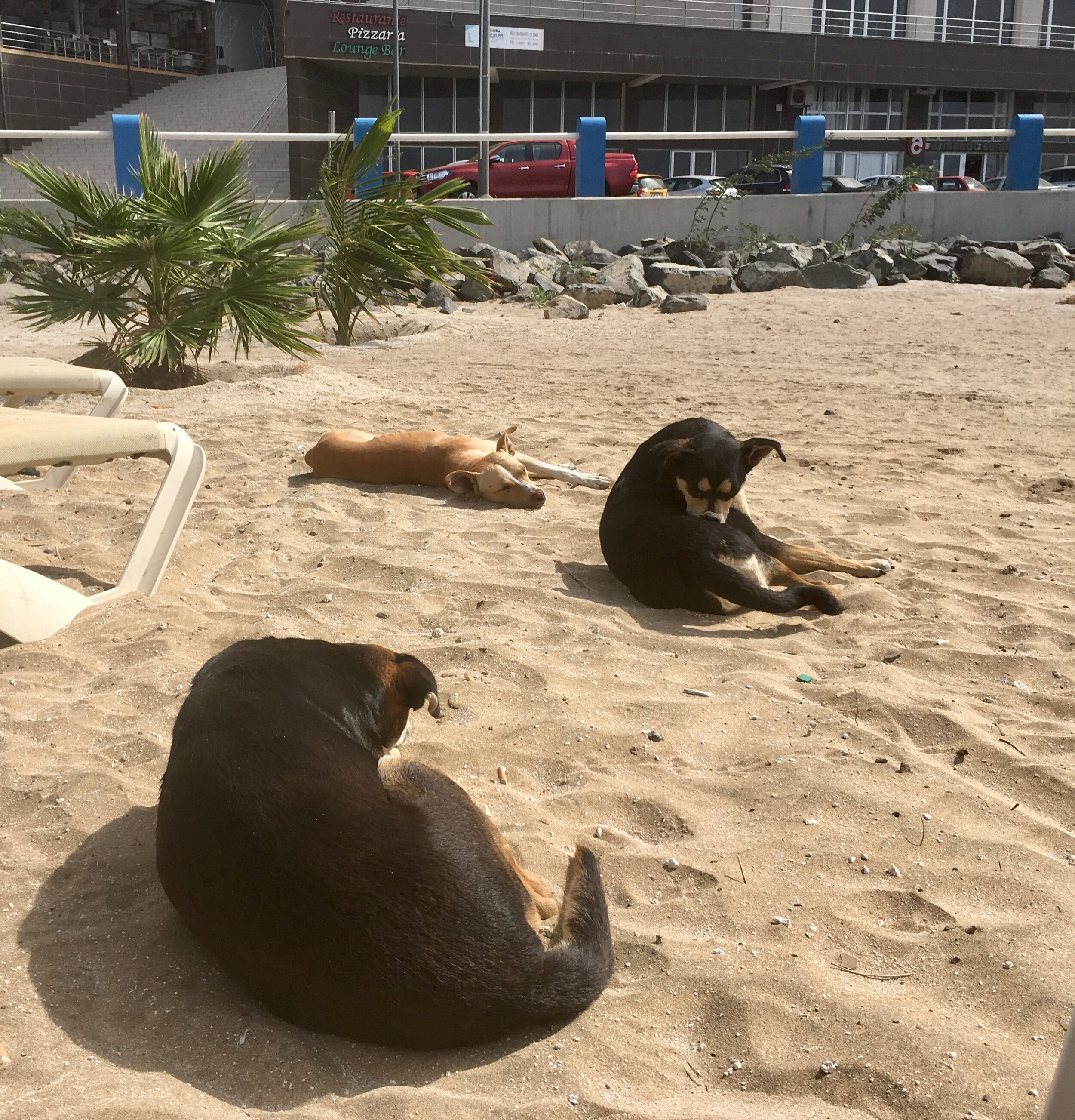
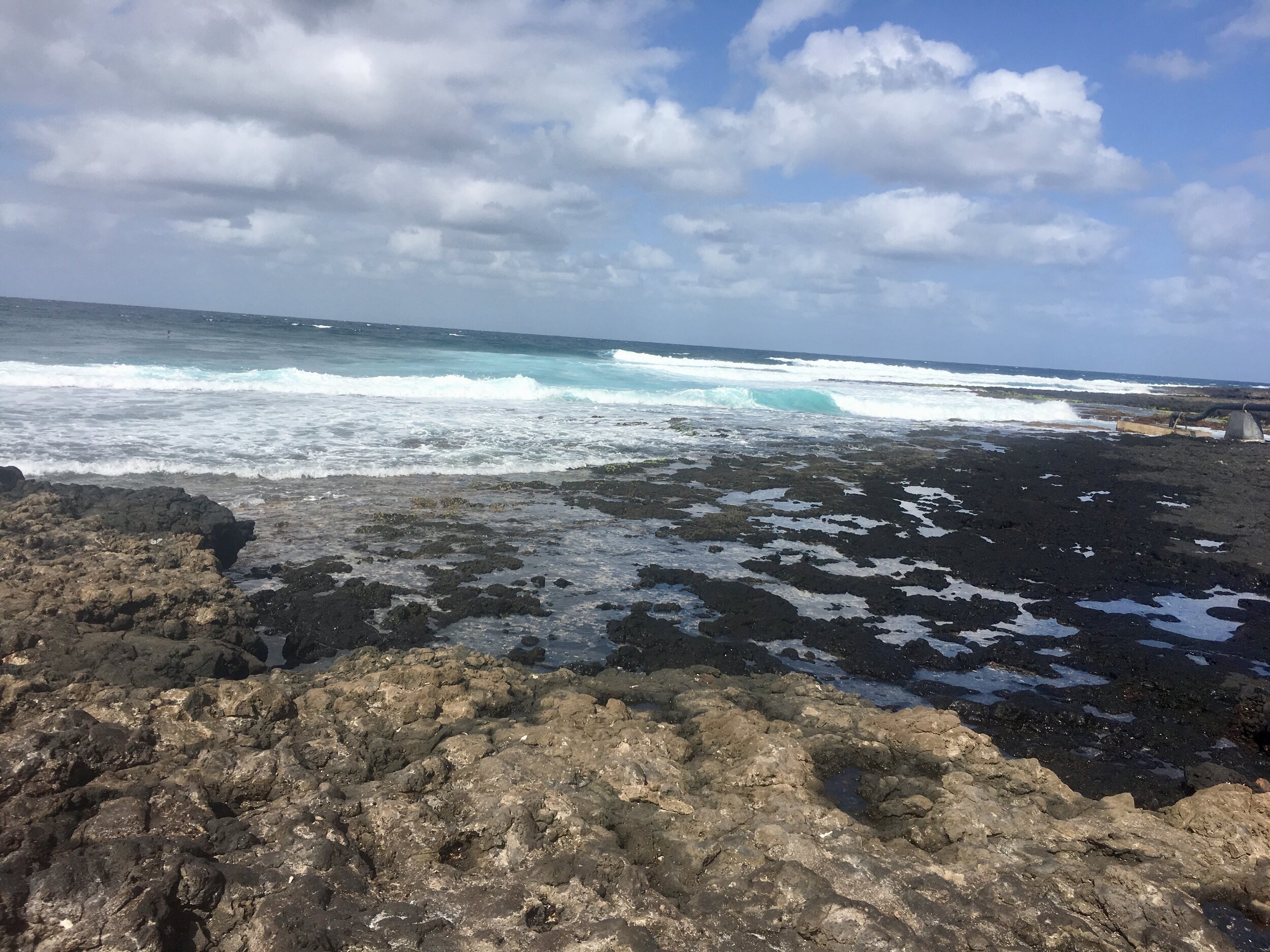
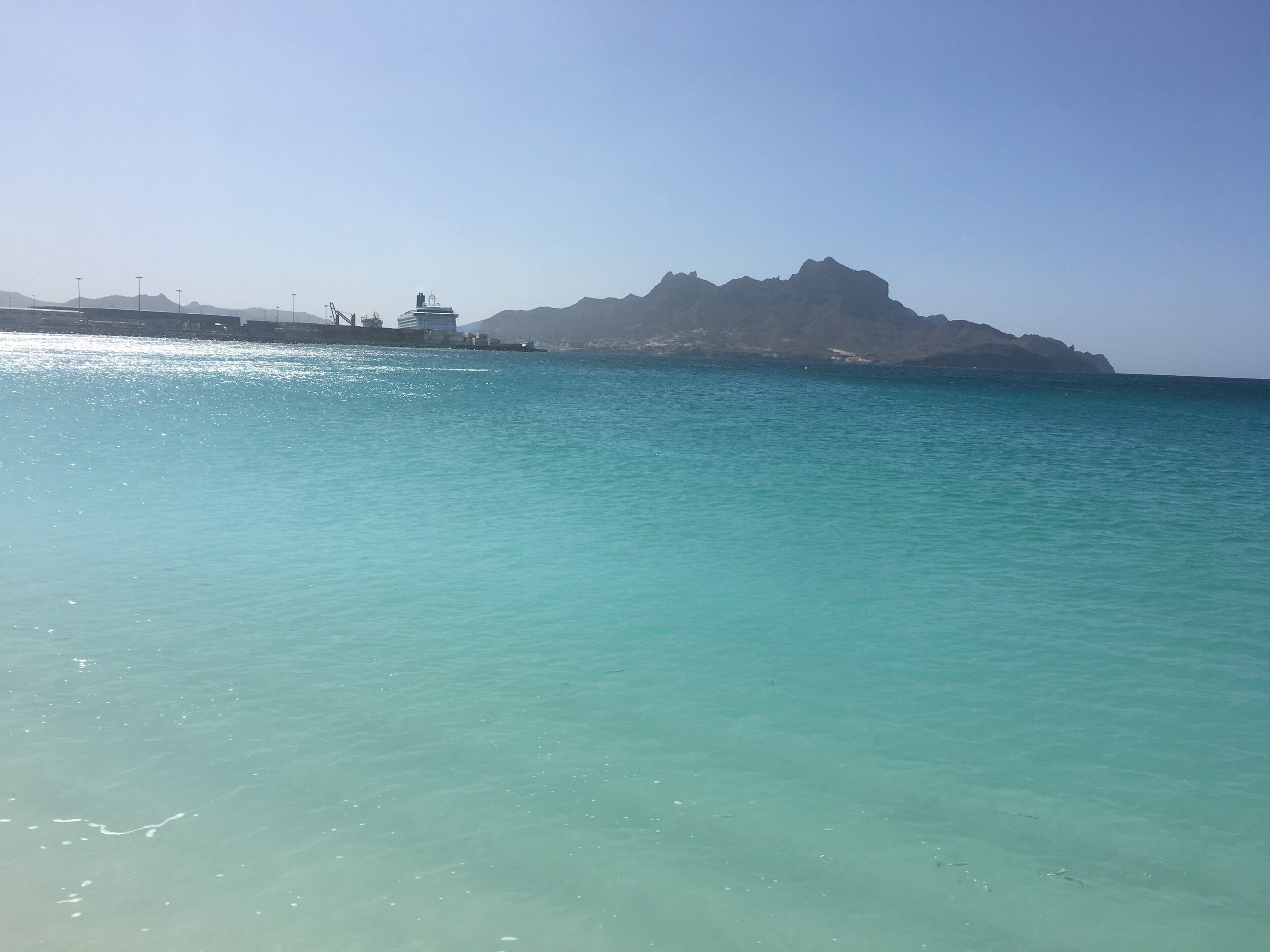
1. Cape Verde is a Popular Sailing Port, Making it an Ideal Place to Make New Friends
When we first planned our sail to Cape Verde, it was designed to shorten our Atlantic Crossing by approximately 1,000 miles, to replenish provisions, and to make any last-minute boat repairs that may have been necessary. However, the most memorable part of Cape Verde were the many dear friends we made during our month spent there. It’s a popular sailing port so there were many opportunities to meet other sailors and hear their fascinating tales. Time together was short, but meaningful, with everyone planning adventures in different directions to incredible sailing destinations.
2. Cape Verde is a Spectacular Archipelago
Tucked away in the mid-Atlantic Ocean, the 10-island cluster that makes up Cape Verde is located more than 1,000 miles from the northwestern coast of Africa. Cape Verde’s landscape includes inactive volcanoes, miles of dry wasteland, and unbelievably beautiful beaches. The sea water reflects a mixture of every shade of blue and green you’ve ever seen.
Cape Verde (or Cabo Verde) is known for its Creole Portuguese-African culture and traditional lifting and rhythmic morna music. It also has close to perfect weather, rarely shifting up or down from 25-degrees Celsius (77F) at any time of the year, and it hardly ever rains.
The islands were uninhabited until Portuguese and Genoese sailors stumbled upon them in 1456. Many describe the archipelago as the “unspoiled alternative to the Caribbean.” Cape Verde stretches across 1,500 square miles of the Atlantic and contains 10 islands. Barlavento, the winward islands, include Santo Antão, São Vicente, Santa Luzia, São Nicolau, Sal, and Boa Vista. Sotavento, the leeward islands, include Maio, Santiago, Fogo, and Brava.
In the city center, near the harbor, there is a small replica of Lisbon’s famous Torre de Belèm and a bronze bust of Diogo Alfonso, a 15th century Portuguese explorer who discovered São Vicente and several of the other islands of Cape Verde.
3. The Colors of Cape Verde Provide Natural Art and Happy Landscapes
Even before our boat was docked, we were fascinated by the colors of Cape Verde. Mindelo has everything from unfinished brown stone buildings in slum-like, dilapidated condition to buildings painted in bright purple, blue, yellow, orange, green, and red. Colorful graffiti and street art decorate the city center while colorfully-painted wooden boats are found on every beach. Color was bursting all around us.
4. The People of Cape Verde Make It a Wonderful Place to Visit
The women of Mindelo casually stroll through the city wearing bright colors and balancing heavy bins full of fruit and vegetables on their heads. They carry these bins as casually as if they were simply wearing hats. They find a street corner and peddle the fresh produce all day, until long after the sun drops behind the horizon of the plush brown mountaintops. For just about any amount of escudos (local currency) you offer, you can buy lettuce, potatoes, tomatoes, gigantic carrots, rhubarb, zucchini, huge papaya, squash, fresh coconut, bananas, and more.
There are open markets full of more vegetable peddlers. At the Mercado de Peixe you can choose from fresh fish pulled directly out of the Atlantic that morning.
Handshakes are nowhere to be found. Instead, the friendly Cape Verdeans greet each other with a fist-to-fist pump with your neighbor followed by an in-sync fist pump to your own chest. The people of Cape Verde always seem to be outside and are always playing happy, lively music.
Compared with Europe or North America, Cape Verde is a poor country. However, it is fascinating to see the people making the best of what they have—everything is better with music and a smile.
5. Cape Verde is Bursting with Celebrations of Culture
You can hear the typical Cape Verdean rhythmic music every day in the city.
Free concerts are common in the Mindelo city center square. Famous Cape Verdean pop stars perform often. There was always a lively and energetic atmosphere as the locals and tourists enjoyed the free entertainment into the early hours of the next morning.
The famous Cape Verde Carnival on Sao Vicente is a colorful spectacle of music, dance and street processions.
During the Mindelo carnival, also known as the Creole festival, the streets come alive with colorful dance troops and spectacular floats, each competing to win the coveted carnival prize for being the best. Unlike the similar carnival in Rio, this is very much a local affair, but in recent years it has become increasingly popular with people traveling to the island from all over the world who all come to join in the celebrations and watch this vibrant festival of life.
The celebrations start in January with colorful parades held every Sunday. We actually got to see one this week. The procession went through the streets and anyone who wanted to join in the dancing and celebration just jumped right in. The week leading up to Shrove Tuesday is crammed with parties and other events, eventually culminating in the main parade, which runs late into the night.
6. Cape Verde Has an Exquisite Landscape and Gorgeous Beaches
On Praia de Laginha, you can relax on the sugary white sand and admire the amazing blue and aqua colors of the water. This is also a great spot to find a unique view of Monte Cara, which can also be seen every day from the marina. Monte Cara is a mountain in the western part of the island of São Vicente. Its elevation is 490 meters. If you look carefully at the top of the mountain, you can see a human face looking at the sky. This is why it’s called Monte Cara, which means “face mountain.” It is a landmark in the city of Mindelo.
We set out to explore more of the island. We found a huge wasteland with a giant mountain sitting virtually in the middle of nowhere and decided to launch the drone again. We were amazed to discover that the mountain was actually a volcano that had been inactive for millions of years. Volcano Viana is not the most well-known volcano. It is not very notorious and does not spit lava, or smoke. It is small and off the beaten path. But it’s just breathtaking. WATCH THE VIDEO.
From there, we drove to Praia de Sarangaca, another totally wild an uninhabited beach with spectacular views and even more brilliant shades of blue!
We then decided to drive to the top of Monte Verde and see the island from its highest peak. We could see many of the surrounding islands and noticed the overall dryness of the island. In many places it’s desert-like with mostly sand, rocks, and mud. There is not much grass anywhere and not much natural vegetation. But the beaches that surround the entire island highlight the amazing azure waters of the Atlantic.
The next day we decided to go to the other side of the island to the beach at São Pedro. This beach once again had vibrant blue water. It also had gorgeous golden-blackish sand and was surrounded by another small village with buildings as colorful as a Crayola box. The wooden boats that lined the shore were also painted in a multitude of bright colors.
7. Swim with the Loggerhead Turtles in Cape Verde
At São Pedro, one of the gorgeous beaches, dozens of stray community dogs welcomed us with their built-in barking alarm system.
We put on our diving gear and swam in the warm water in search of Tortuga—local loggerhead turtles that swim in the wild in this area. We found these beautiful playful creatures and swam and played with them for hours. It was a remarkable experience. They were so friendly and swam right up to us. WATCH THE VIDEO
8. Cape Verde Has a No Stress Attitude
“No Stress” is the national motto of Cape Verde. The atmosphere is relaxing and welcoming. We fell in love with the beautiful people and landscape of this fascinating African country. There are situations where world travelers find that the rougher the landscape, the friendlier the people. Cape Verde is such a place. The land, basically the tops of oceanic volcanoes, is hostile and for a good reason was uninhabited until the Portuguese settled on it in the 16th century. Cape Verde has almost no natural water resources. But the rough living conditions have made the Cape Verdeans very friendly and hospitable. The mix of African and European cultures made them tolerant and is enriching for Cape Verdean music and art.
9. Dog-Friendly Beaches are Abundant in Cape Verde
The dozens of stray dogs are just part of the fabric of the island of São Vicente. They are friendly for the most part, well fed, and seem to have been adopted by the community although they obviously have no permanent home. Because the weather is so nice—not too hot and not too cold with only very rare drops of rain—they seem content living in the streets and eating random food trash dropped by the locals and tourists or found around the markets.
Since we were sailing and traveling with our two beagles—Cap’n Jack and Scout—we loved how dog-friendly Cape Verde seemed to be.
10. Cape Verde Has Delicious Cuisine Featuring Cachupa
I had been wanting to try the traditional local dish, Cachupa. This slow cooked stew of corn (hominy), beans, cassava, sweet potato, fish or meat (sausage, beef, goat, or chicken) is often referred to as the country’s national dish. Each island has its own regional variation. Cachupa leftovers are often re-fried to make cachupa fria, cachupa guisada, or chachupa refogada (served for breakfast with a fried egg and a fried local sausage or fried mackerel).
We found a nice restaurant on the main street right outside the marina called Nautilus. I ordered the Cachupa which was a huge serving—very heavy and filling. It was warm and hearty and absolutely delicious!!!
A few days later we discovered a very cool local dive and returned many times during our stay in Cape Verde. Pastelaria is tucked away and hidden in a back alley, but lively music plays as the locals are always gathered there.
A traditional family-owned restaurant, the fisherman father and son bring in the fresh fish directly from the sea each morning. Mama is the cook, and the daughter is the hostess/waitress. They live in an apartment above the restaurant, which is open every day.
There is no menu. They serve what they catch each morning.
The entire restaurant is smaller than our sailboat, with four small tables. The service and the food are both fantastic! We tied up the beagles outside and paid a local man one euro to watch them so that there were no conflicts with any of the stray dogs. In this poor nation, you can’t imagine how happy this man was to earn 100 escudos (1 euro or $1.25 USD).
The local dish, Cachupa was available one day, but I decided to order the Garupa, a fish commonly found in the local waters.
This family is important to the extremely poor community. There is always vibrant music playing and locals hanging out there. Some of them come in and buy one cigarette at a time because they can’t afford a whole pack.
The portions of food are huge, and our leftovers were wrapped up and distributed to the hungry locals waiting outside. Our total bill one day for two home cooked meals and two drinks was around 600 escudos, which is less than $7 USD.
What are your favorite things about Cape Verde?
If you like this article about Cape Verde, please PIN IT!
This page contains affiliate links. If you click on the product links and make a purchase, it allows me to make a small commission at no extra cost to you! Thank you for your support and I hope you find value in this content!







